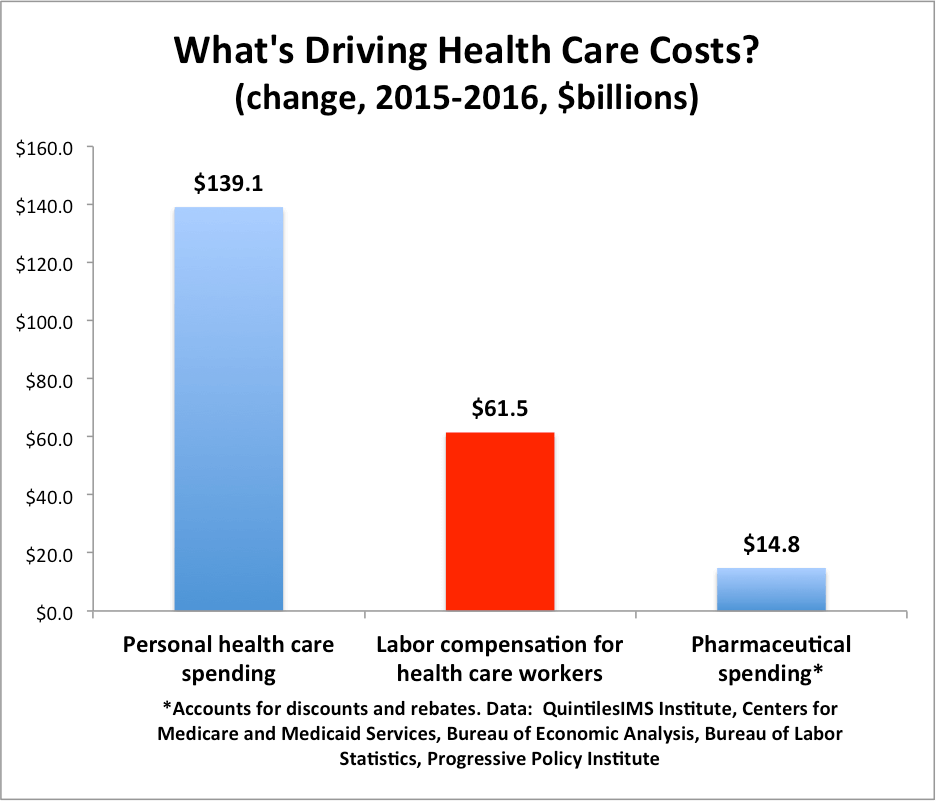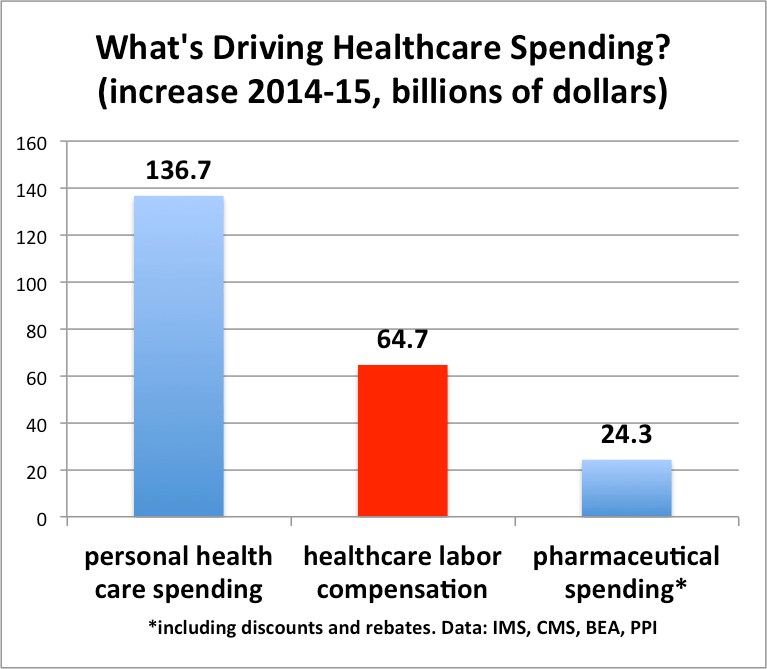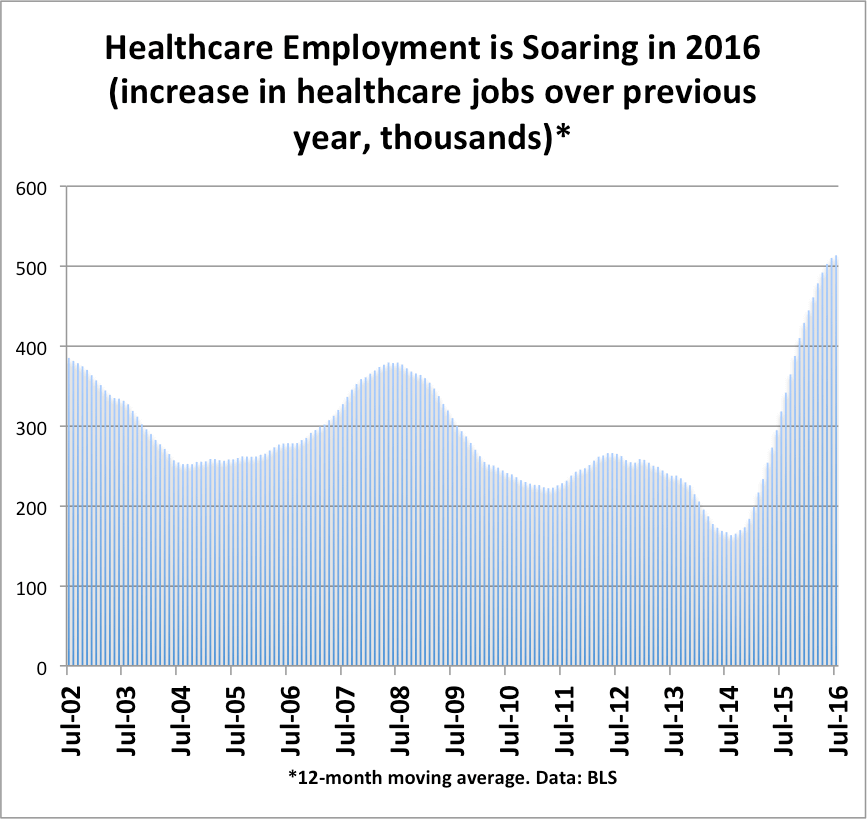The Food and Drug Administration (FDA) is fast finding itself at the center of the debate over healthcare regulation in the 21st century. At issue: to embrace the power of data-driven innovation, or to stand by the current regulatory paradigm. Fortunately, two major Congressional initiatives may be the push the FDA needs to see the data-driven economy as an opportunity instead of a risk.
Current rulemaking at the FDA follows a rubric laid out in 20th century legislation: safety and efficacy above all else. Medications and devices must be proven to be at least as good as what’s already available, through long and extensive clinical trials. All publicly available information about medications and devices must be deemed truthful and non-misleading, essentially sticking to only what’s “on-label.” The underlying assumption is that all drug and medical device companies are driven by profits, even if at the expense of public health.
The FDA’s current approach imposes strict requirements on drug and device companies that few other industries are subject to. Even the seemingly simple goal of sharing information is highly complicated under the current system. As PPI has documented, drug and device companies face a severely restricted ability to communicate information to the medical community and to consumers. So onerous are the requirements that many drug and device companies have more incentive to block the flow of information than to create it. Patients are hurt most because medical providers lack access to the best resources to treat them.
Such an outmoded approach to rulemaking will likely dampen future innovation and investment in healthcare. We live in a “sharing economy,” defined by the rise of the Internet, social media, and instant communication. Our unprecedented connectedness has facilitated an explosion of medical apps and real world observational data. Imagine how harnessing and sharing this information could help the 117 million Americans living with a chronic disease, or 20 million Americans with cancer, many of whom rely on unapproved uses of approved drugs for treatment.
Yet such potentially valuable information could not be shared under current rules. The FDA requires any sharing of information on unapproved uses of approved drugs be based on “adequate and well-controlled” clinical investigations, documented in peer-reviewed journals. Instead of embracing the power of data, the FDA seems to be scared of it.
Fortunately, two recent initiatives in Congress are addressing this critical need for rethinking the FDA’s approach to regulation. They are both ongoing efforts, driven by the opportunity to modernize our approach to healthcare rulemaking. Notably, both efforts explicitly address the outmoded approach to communications as a core part of 21st century healthcare regulation reform.
The House initiative, dubbed 21st Century Cures, has spent the last year collecting public comments and conducting analysis on how to use data-driven innovation to redesign healthcare. The most recent white paper notes, “as innovative companies know more about their products than anyone, precluding them from responsibly communicating about new scientific and medical developments does not promote the public health.”
In the Senate, Innovation for Healthier Americans similarly seeks to arm the FDA with tools to modernize healthcare regulation. It argues that restrictions on how drug and device companies can communicate could actually harm public health. The report notes that “in today’s online world[,] where doctors can look on the internet and find studies, it may be a disadvantage not to be able to discuss this information with the product developers who know the most about the project.”
The House and Senate efforts to modernize healthcare regulation give the FDA a rare opportunity to shine. By rethinking its approach to rulemaking in the 21st Century, the agency could define the future of U.S. healthcare design and delivery.
Instead of being viewed as bureaucratic, inefficient, opaque, and over-priced, the U.S. healthcare system could be innovative and dynamic. Customized nano-medicine, treatment delivered remotely, and apps that monitor chronic disease could be the envy of other healthcare systems.
Such a large-scale task may seem daunting for one regulatory agency, but the FDA could start small – say, with communications regulation. By allowing drug and medical device companies to better communicate with the medical community and consumers, a data-driven healthcare ecosystem could sprout and flourish. Each part of the diagnosis and treatment chain could work together, employing cost-saving techniques that improve patient outcomes.
The FDA opportunity should not be taken for granted. With the aid of Congress, it is possible for one agency to set the new gold standard for healthcare regulation, ensuring information is truthful and non-misleading, but also embracing the power of data to improve public well-being.






